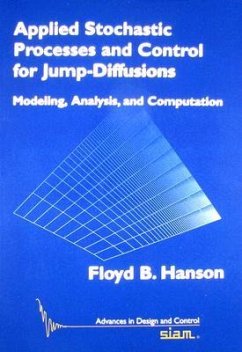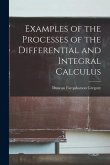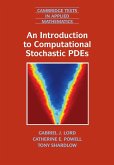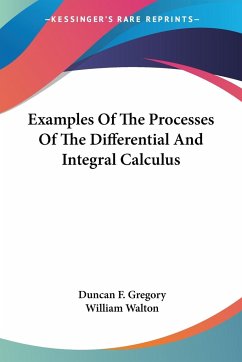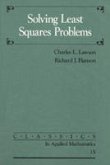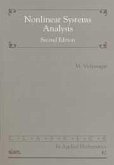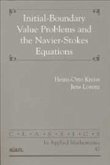This self-contained, practical, entry-level text integrates the basic principles of applied mathematics, applied probability, and computational science for a clear presentation of stochastic processes and control for jump-diffusions in continuous time. The author covers the important problem of controlling these systems and, through the use of a jump calculus construction, discusses the strong role of discontinuous and nonsmooth properties versus random properties in stochastic systems. The book emphasizes modeling and problem solving and presents sample applications in financial engineering and biomedical modeling. Computational and analytic exercises and examples are included throughout. While classical applied mathematics is used in most of the chapters to set up systematic derivations and essential proofs, the final chapter bridges the gap between the applied and the abstract worlds to give readers an understanding of the more abstract literature on jump-diffusions. An additional 160 pages of online appendices are available on a Web page that supplements the book.
Bitte wählen Sie Ihr Anliegen aus.
Rechnungen
Retourenschein anfordern
Bestellstatus
Storno

